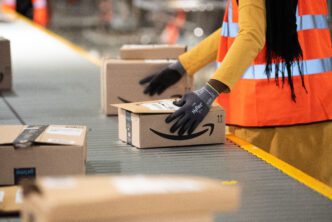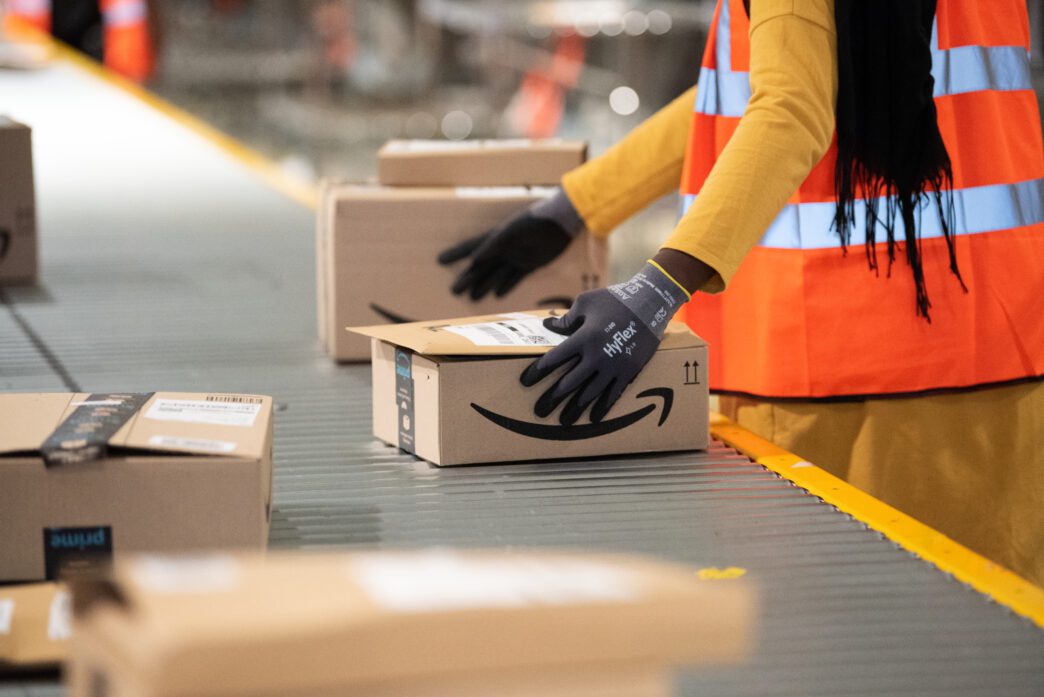Executive Summary
The Story So Far
Why This Matters
Who Thinks What?
Major corporate entities Amazon, UPS, and Target have collectively announced the elimination of over 60,000 jobs this year, raising questions about the health of the labor market. While some observers have speculated about an AI-driven, white-collar recession, experts suggest that these widespread layoffs are primarily indicative of broader economic concerns, including a slowdown in consumer spending, rather than direct job replacement by artificial intelligence.
Economic Headwinds Drive Layoffs
The recent job cuts, which follow a series of layoffs across the technology sector, arrive amid a challenging economic climate marked by persistent inflation, rising delinquencies, and declining consumer sentiment. According to Peter Cappelli, a professor of management at the Wharton School, companies investing in AI often seek to cut costs elsewhere, but there is limited evidence that current AI implementations are directly leading to job losses at the scale observed.
Cappelli noted that implementing AI to save jobs is a complex and time-consuming process, contrasting with a common perception of it being simple and cheap. He attributed the surge in layoff announcements to concerns about the economy and a potential “bandwagon effect,” where companies follow competitors’ lead, often rewarded by investors for appearing more efficient.
Company-Specific Rationales
While AI and automation are expected to contribute to cost reduction and efficiency in the future, the specific reasons behind each company’s layoffs are nuanced. John Challenger, CEO of job placement firm Challenger, Gray & Christmas, described the current trend as a potential turning point in the economy and job market, with early signals emerging from retail, shipping, and distribution sectors.
Amazon’s Strategic Resizing
Amazon’s recent announcement of 14,000 corporate job cuts represents its largest reduction in company history, impacting nearly every unit. This marks the second round of cuts in three years, bringing the total to over 41,000 corporate roles eliminated since 2022. CEO Andy Jassy stated that the changes are aimed at cutting corporate bloat and enabling the company to operate as the “world’s largest startup,” rather than being solely AI- or financially driven.
While Amazon is not yet replacing workers with AI, the company states it needs to cut employees to fund significant investments in the technology, which are contributing to a rise in capital expenditures. Jassy previously indicated that the workforce would shrink in the future due to generative AI, though hiring will continue in “key strategic areas.”
UPS Shifts Strategy
UPS announced plans to eliminate 48,000 roles this year, deepening previously planned job cuts. This move is largely driven by a strategic decision to reduce its reliance on Amazon, its largest customer, in favor of higher-margin businesses like healthcare and business-to-business services. The company aims to cut volume from Amazon by more than half by June, which CEO Carol Tomé described as UPS “taking control of our destiny.”
The bulk of operational layoffs, totaling 34,000 jobs, are linked to the closure of 93 buildings and not directly to robotics. While AI partially influenced the 14,000 corporate cuts, it was not the primary driver. Automation is expected to impact future hiring plans more significantly, as UPS expands its automated facilities.
Target’s Consumer Spending Challenges
Target’s decision to cut 1,800 corporate jobs, approximately 8% of its corporate workforce, marks its first major layoff round in a decade. This move comes after four years of stagnant revenue and aims to reduce complexity in a company where the workforce has grown faster than sales. Incoming CEO Michael Fiddelke noted that “too many layers and overlapping work” have slowed decisions.
Unlike competitors like Walmart, Target’s revenue heavily relies on non-essential goods, making it more susceptible to slowdowns in consumer spending. Additionally, rising tariffs are pushing prices higher, creating a squeeze on margins. The retailer has also faced internal challenges, including merchandise quality issues, staffing shortages, and inventory management problems, which have contributed to its need to streamline operations.
A Shifting Labor Landscape
The recent wave of corporate layoffs suggests a complex interplay of factors, including economic uncertainties, strategic business realignments, and the evolving role of technology. While AI is a consideration for future efficiency and cost reduction, current job cuts appear to be predominantly driven by broader macroeconomic pressures and company-specific initiatives to streamline operations and adapt to changing market conditions.








